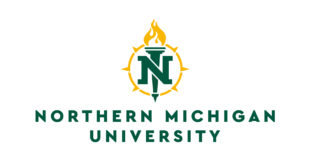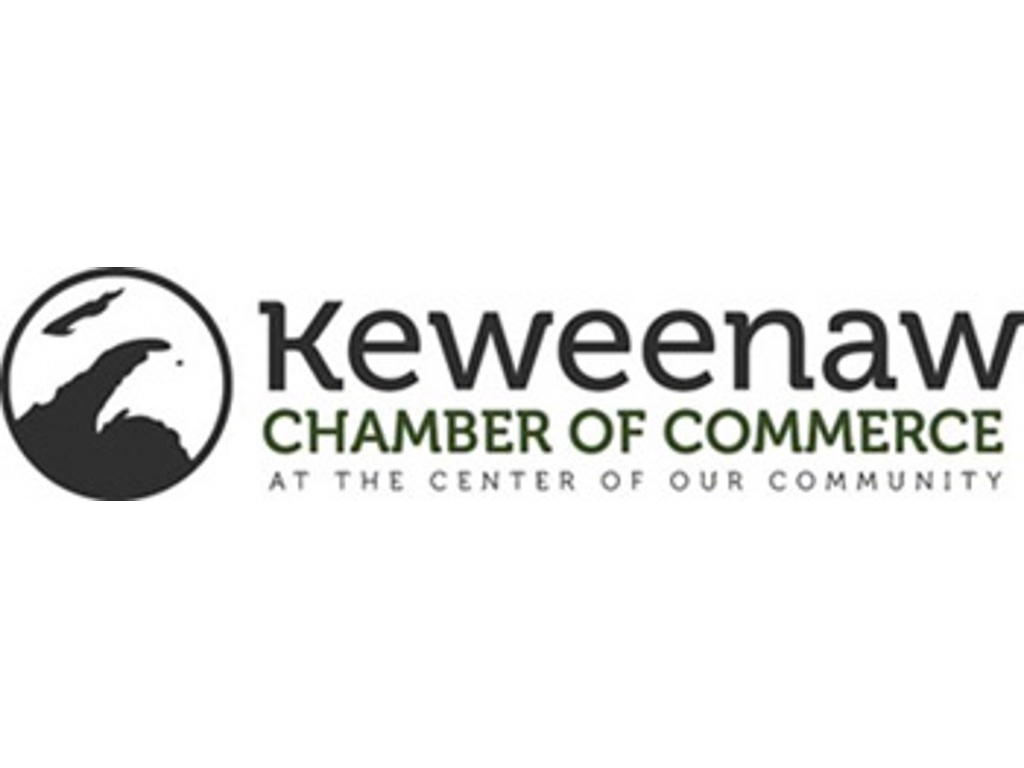Editor’s Note: Some footage from tonight’s broadcast on ABC 10 UP/CW5, from our correspondent Thomas Fournier, for the Buffalo Reef Task Force meeting was taken at the Historic School at the Gay Museum. Recently the museum hung on their walls placards for their newest permanent exhibit, Copper Milling at Gay: A Lake Superior Story. The displays explain the history of the stamp sands from the Wolverine Mine and copper mining in the area, stamp sands impact on the Buffalo Reef today, and the larger impact on fish populations in Lake Superior. The exhibit is in great part, thanks to researchers at Michigan Technological University. They plan to hold a open house and reception, on July 16th, starting at 1pm at the Historic School at the Gay Museum.
After three years, the Buffalo Reef Task Force, is ready to share potential solutions with the community. The multi-agency group is holding a public meeting to talk about the plan to remove stamp sand and prevent further deposits in the spawning area for lake trout and white fish. The goal is to protect and preserve the 2,200 acre spawning area. At one time the reef spawned over 30 percent of the commercial catch in Keweenaw Bay and 22 percent of the fish caught along the southern Lake Superior shore. Michigan Department of Great Lakes and Energy Water Resource District Manager, Jay Parent, will be on hand at the meeting. Parent will be part of a panel that includes U.S. Army Corps of Engineers Steve Check, and Michigan DNR Fisheries Division experts, Steve Limnotech and Patrick Hanchin.
Parent said there are two major issues with the deposits of stamp sands from the Mohawk Mining Company. He said stamp sands lay on the reef and fill the cracks and crevasses where lake trout and whitefish typically lay their eggs. EGLE estimates that 60% of the reef is no longer viable for spawning. The issue is compounded by the trace amount of copper that could not be removed from the stamp sands during and after processing. The small amount of the copper, in the concentrations of stamp sands migrated to traverse bay, and the reef. The mineral can cause developmental problems for the young fish. Copper makes it difficult for them to survive the larval stage. It also makes it harder for the micro organisms the fish eat to survive in the buffalo reef.
The buffalo reef task force will meet next Tuesday at 6 p.m., at the Lake Linden – Hubbell High School. The Buffalo Reef Task Force is a multiagency group coordinated between, tribal nations and environmental groups, as well as state and federal agencies.
 Keweenaw Report Your Source for Local News and Sports
Keweenaw Report Your Source for Local News and Sports





